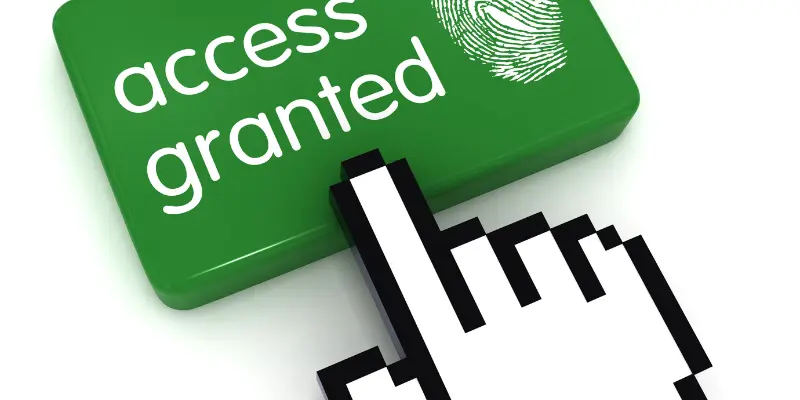You’ve probably seen the posts on TikTok or Facebook promising a $7,000 government grant available to anyone who fills out a quick form. It sounds like free money you don’t need to pay back, but the truth is there isn’t a single government program that gives $7,000 to everyone that asks.

The idea of a one-size-fits-all $7,000 grant comes from a mix of misunderstandings and outright scams.
What does exist are legitimate government grants and assistance programs, where the average award over time is around $7,000 or more.
Let’s take a look at some of the grants and benefit programs you might be eligible for if you’re on a low to moderate income.
Must Read: Get Free Money For Ex Felons: Legitimate Assistance From The Government!!!
Supplemental Nutrition Assistance Program (SNAP)
This federally funded program provides a monthly benefit you can spend on groceries. To qualify, your adjusted income and countable assets need to be under your state’s limit.
As an example, a single person in Colorado can qualify with income under $2,510/month. A family of 3 can make $4,304 and still be eligible.
The amount of money you receive depends on your household size. In Colorado a family of 3 can get up to $768/month which is a government grant totaling $9,216 per year.
Check how much you could get: https://www.snapscreener.com/
Temporary Assistance For Needy Families
Each state runs a TANF program providing monthly cash assistance to very low-income families. A handful of states also offer a General Assistance program to residents without children.
While these programs are funded by a federal government grant, the amount of cash assistance they pay varies by large amounts.
In New Hampshire, for example, struggling families get a fairly generous $1,370, compared to the meager support of $204 in Arkansas.
Find your local TANF office: https://acf.gov/ofa/map/about/help-families
Rent Assistance Programs
Qualifying for rent assistance can save you hundreds of dollars every month. Low-income households that qualify for the Housing Choice Voucher program have the amount they need to contribute towards rent capped at 30% of their income.
Apply for rent assistance at your local public housing agency: https://www.hud.gov/contactus/public-housing-contacts
Grants For Heating And Cooling
The federal government funds the Low Income Home Energy Assistance Program (LIHEAP), which gives grants to help households pay for energy.
If you qualify, you could get hundreds of dollars to help you pay for heating and cooling each year. Crisis payments are also available to prevent a utility shutoff if you’re overdue on your bills.
Annual heating and cooling grants must be applied for before the cutoff dates each year, but applications for crisis grants are accepted year round.
Eligibility requirements and grant amounts are state specific. Find your state and check if you qualify here: https://liheapch.acf.gov/eligibility-tool
$7,000 Government Grants To Pay For College

If you want to study for a college degree or trade school certification, federal and state grants can help you pay for your education.
The Federal Pell Grant is currently worth up to $7,395 per year. Students with exceptional financial need can also qualify for the Federal Supplemental Educational Opportunity Grant (FSEOG) worth up to $4,000 per year.
Grants from your state government can stack with federal grants to further reduce or entirely cover your costs.
Apply for government grants by filling out the Free Application for Federal Student Aid (FAFSA): https://studentaid.gov/h/apply-for-aid/fafsa
Find state grants here: https://www.nasfaa.org/state_financial_aid_programs
Grants That Pay For Health Insurance
The Medicaid program and the Children’s Health Insurance Program (CHIP) provide free and low cost health insurance for low-income individuals and families.
Each state has its own specific eligibility rules based on income, so check with your state’s Medicaid agency for details.
Find your state program: https://www.medicaid.gov/about-us/where-can-people-get-help-medicaid-chip#statemenu
Government Lifeline Phone Program
The Lifeline program is funded by the government, but it’s managed by telecom providers. At a minimum, providers must give eligible participants 1,000 free minutes and 4.5GB of free data per month. Most plans also include free texts, and some offer a higher free data limit.
Recipients of benefits like SNAP, Medicaid, and Housing Assistance are automatically eligible, otherwise eligibility is based on income.
A single person household will qualify with an income under $1,760/month.
Find providers in your area offering Lifeline: https://www.lifelinesupport.org/companies-near-me/
Related:
Get $38,000 Grant To Go Back To School

Meet the driving force behind FelonAssistance.org, Wolf Matt. With a computer engineering degree, who specialize in societal impact